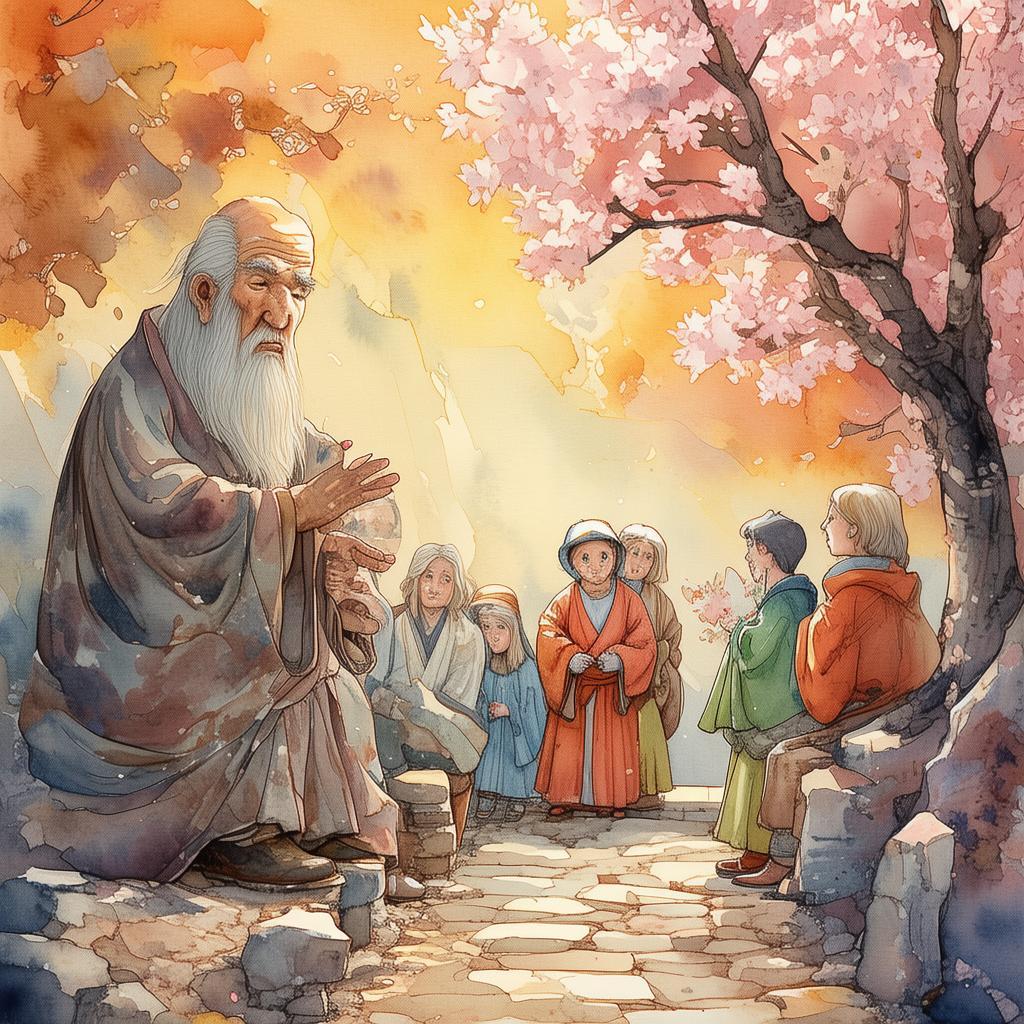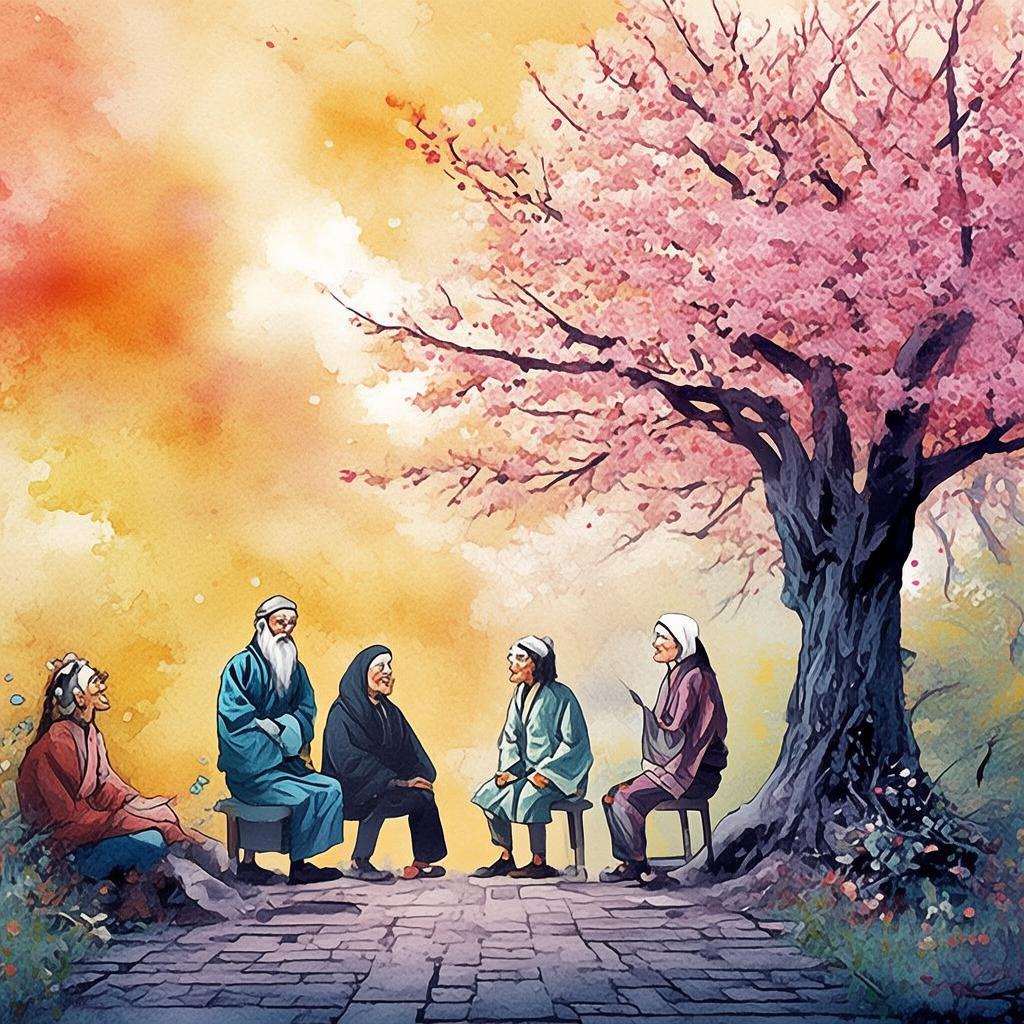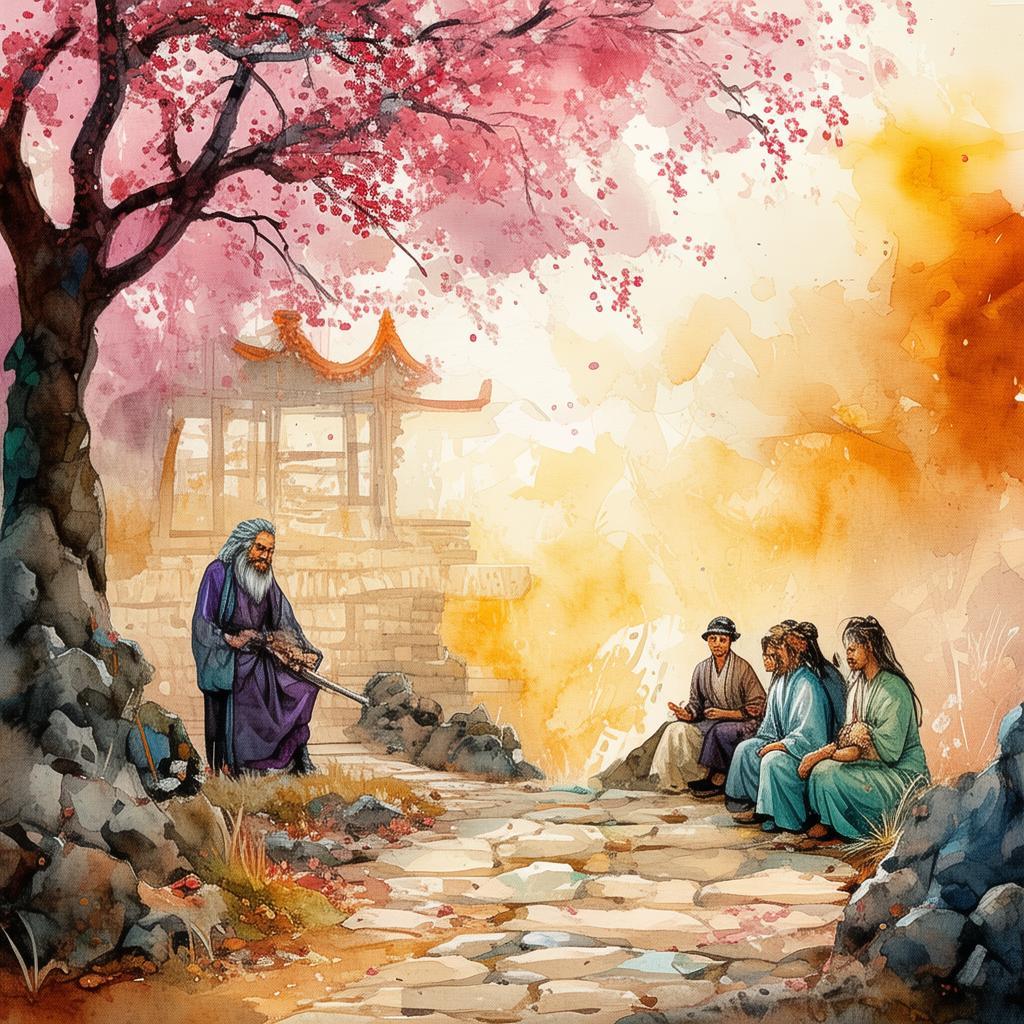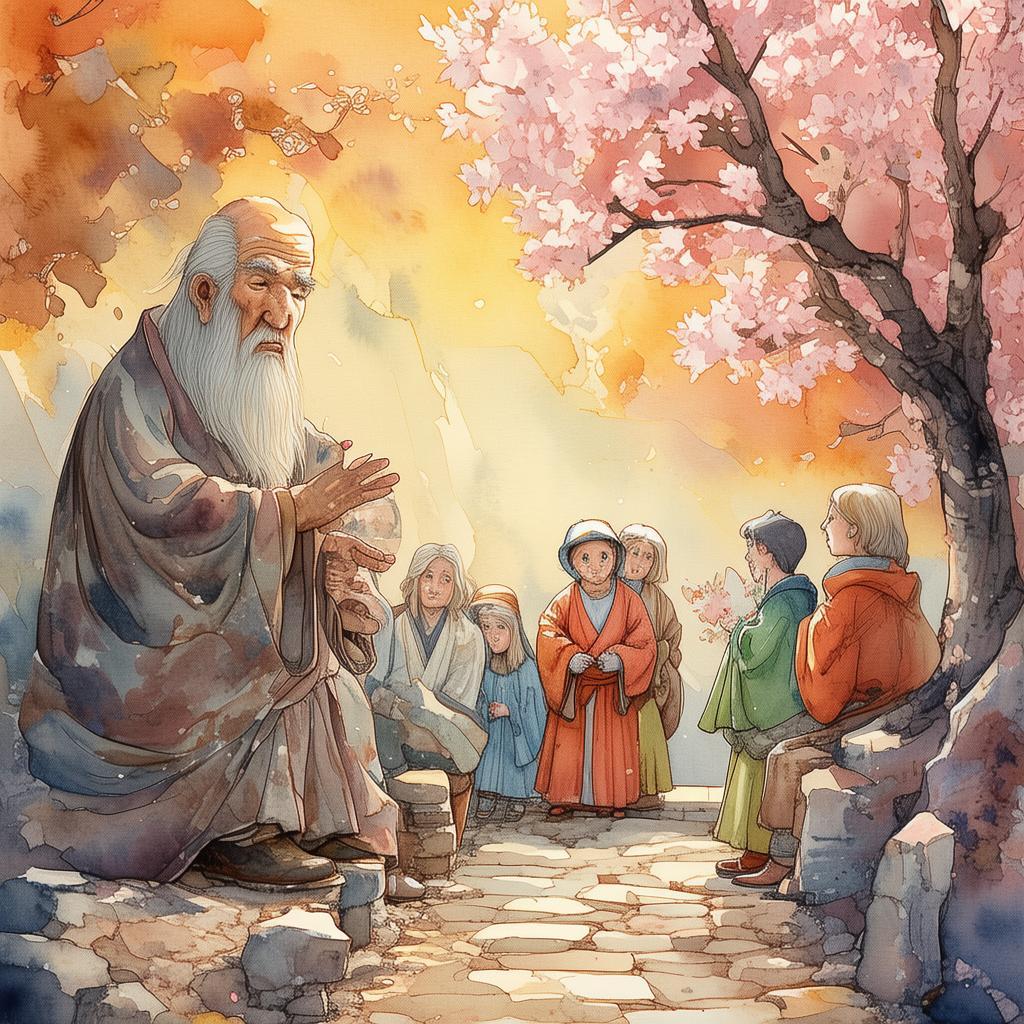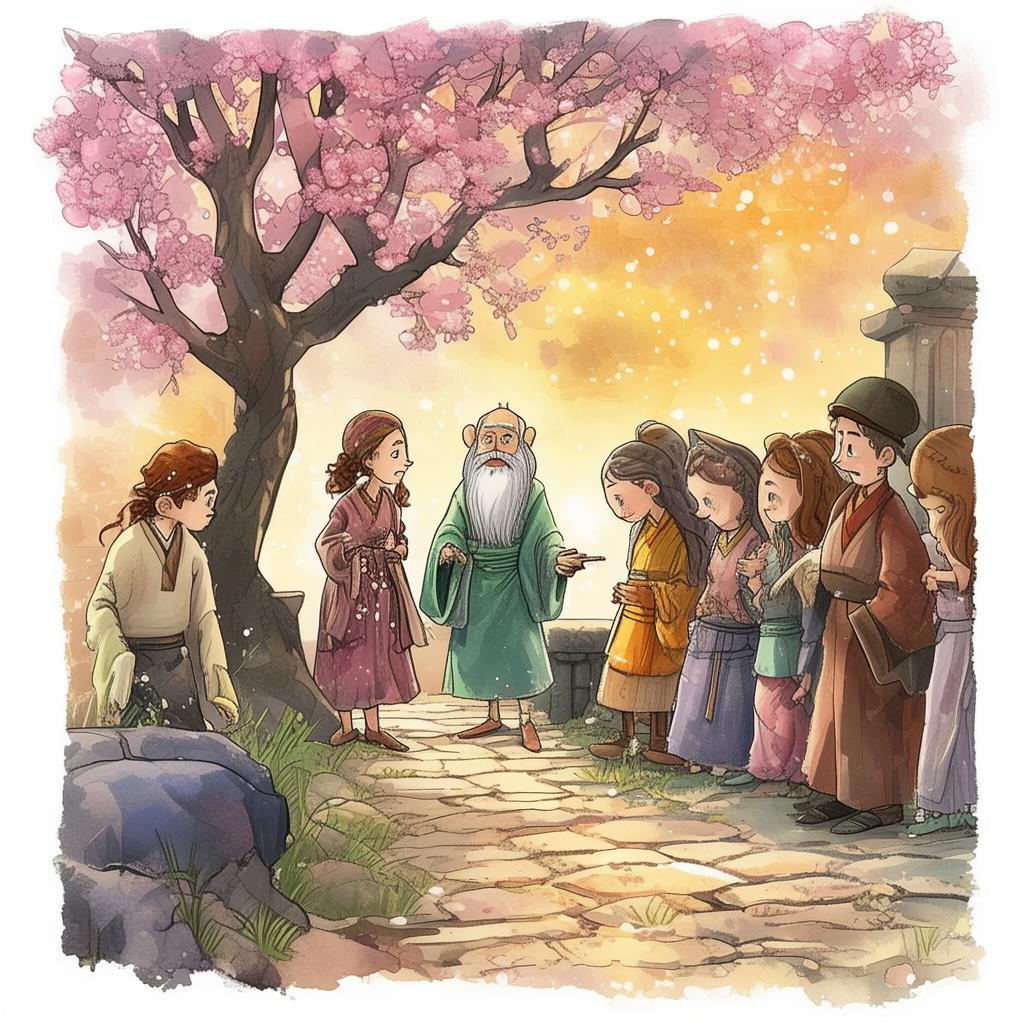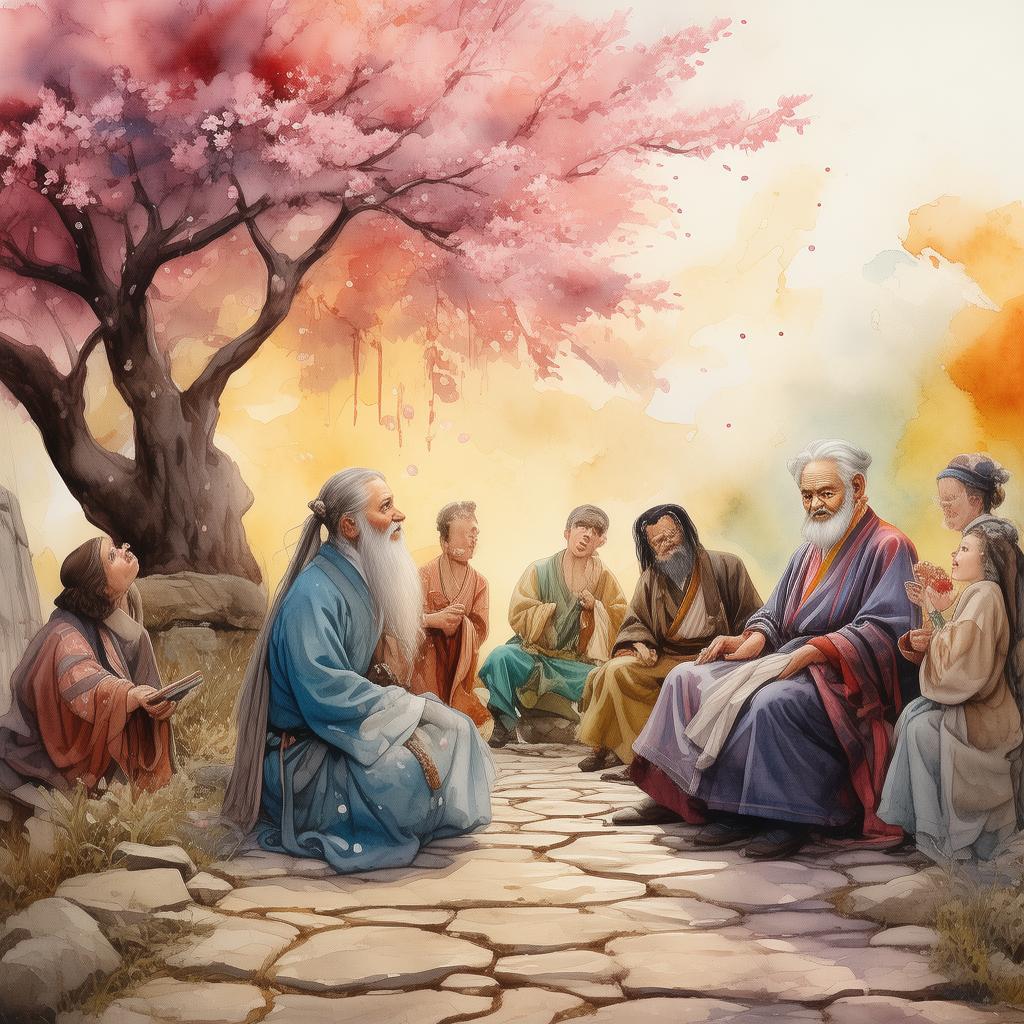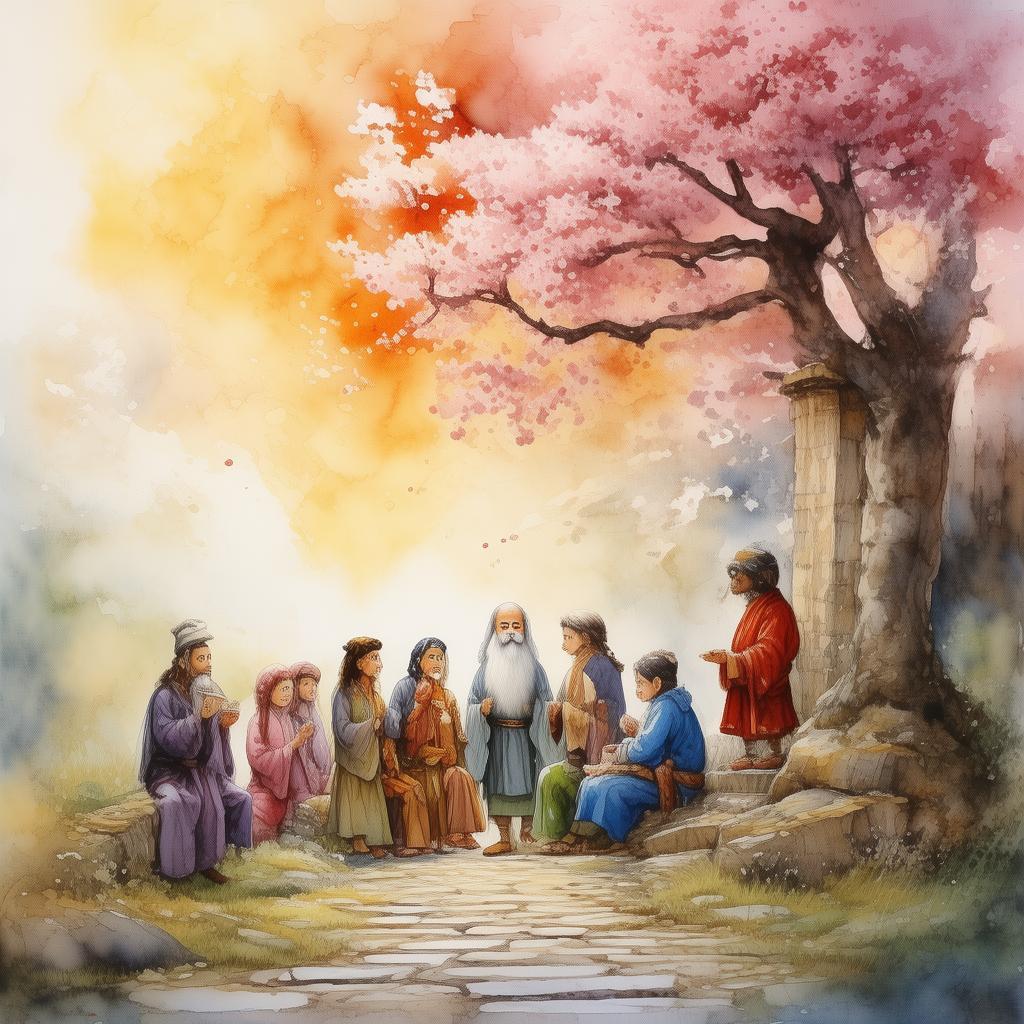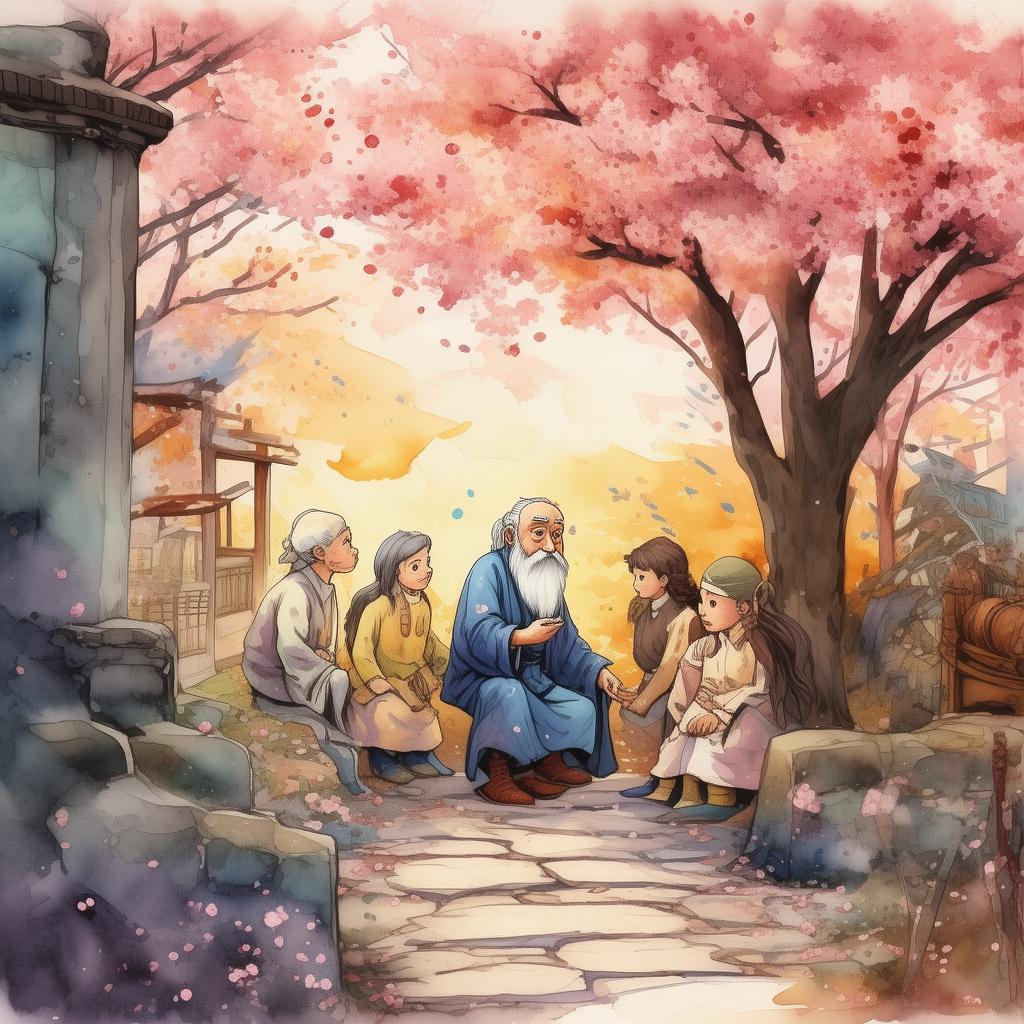The Paradox of the Canvas: A Brush with the Impossible
In the bustling town of Jingzhou, there lived a renowned painter named Liang Yuan. His brushstrokes were as fluid as the Yangtze River, and his masterpieces were said to capture the essence of the impossible. Liang Yuan was known for his ability to paint scenes that seemed to defy the very laws of nature. His most famous work, "The Paradox of the Canvas," was a testament to his skill, depicting a serene lake that appeared to be both empty and filled with water, a contradiction that baffled viewers and critics alike.
One crisp autumn morning, Liang Yuan received a peculiar commission. The request came from a mysterious patron who desired a painting that would embody the concept of the impossible. The patron spoke of a scene where a bird would be seen both in flight and at rest simultaneously, a paradox that defied the very essence of time and space.
Liang Yuan, intrigued by the challenge, set to work. Days turned into weeks, and the master painter became more and more engrossed in the task. He worked tirelessly, his brush never ceasing its dance across the canvas. Yet, as the days passed, he found himself growing increasingly frustrated. No matter how hard he tried, the painting remained incomplete.
One evening, as the sun dipped below the horizon, casting a golden glow over the studio, Liang Yuan sat before his canvas, his eyes heavy with exhaustion. He looked at the painting and realized that the paradox was not just a challenge to his skill but a reflection of his own limitations. The impossible was not just something to be painted but something to be understood.
Suddenly, the door creaked open, and the mysterious patron stepped into the room. Liang Yuan, surprised, looked up to see the man standing before him. "Master Liang," the patron said, "I have been watching you work. I must say, your dedication is commendable."
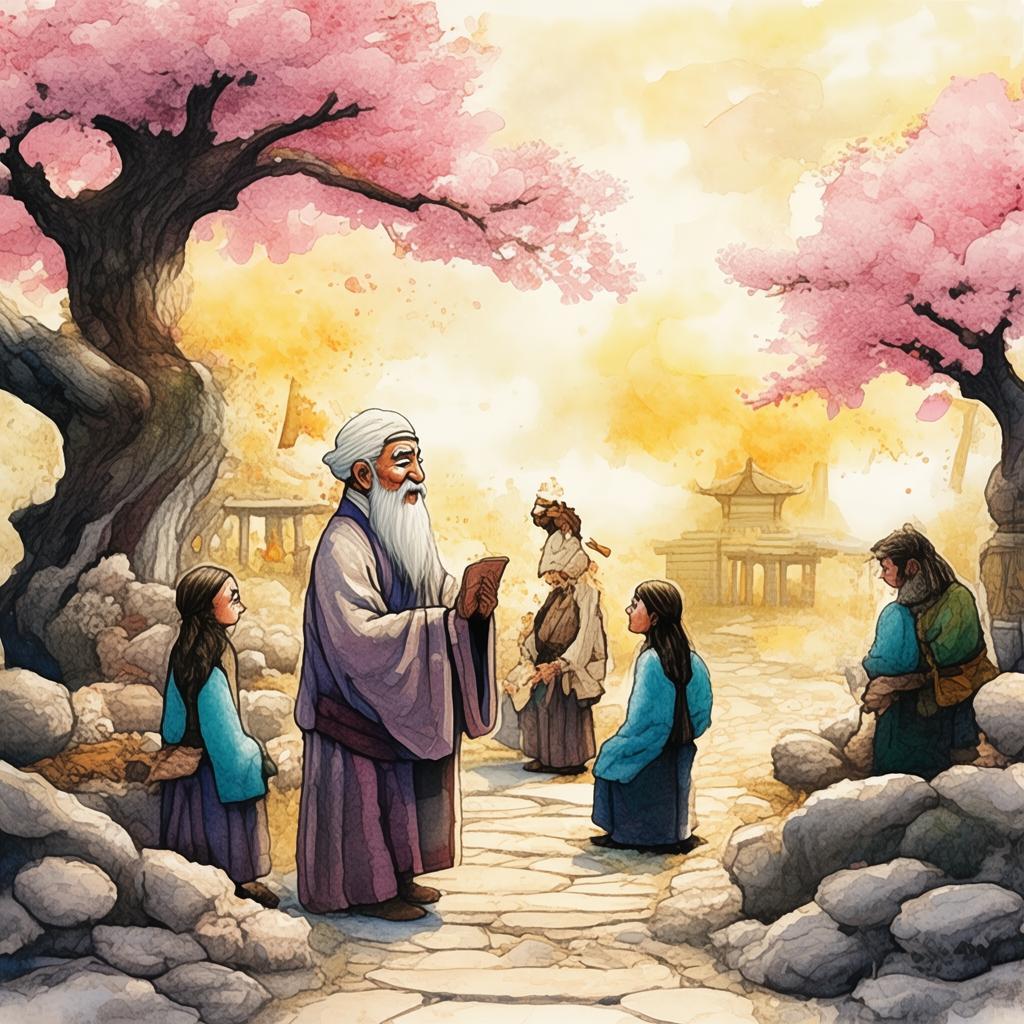
Liang Yuan, still seated, nodded. "The painting is not yet complete," he replied, his voice tinged with defeat.
The patron walked over to the canvas and stood beside Liang Yuan. "You see, the impossible is not something that can be painted. It is a concept, a thought, a feeling. It is the essence of what we cannot grasp, the essence of what we strive for."
Liang Yuan looked at the painting, now seeing it with new eyes. He realized that the painting was not about creating a visual paradox but about inviting viewers to ponder the nature of impossibility. It was a challenge to their own perceptions, a reminder that the impossible is often just a limit we have yet to overcome.
With a newfound clarity, Liang Yuan picked up his brush and began to paint once more. This time, his strokes were more confident, his vision clearer. He painted the bird in flight, capturing the essence of motion, and at the same time, painted it at rest, embodying the stillness of the moment. The painting was now complete, a perfect blend of motion and stillness, of the possible and the impossible.
The patron smiled and nodded. "You have done it, Master Liang. You have captured the essence of the impossible."
Liang Yuan looked at his painting, now filled with a sense of accomplishment. He realized that the true art of the impossible was not in creating something that could not be, but in understanding that the impossible is often just a reflection of our own limitations.
As the story of Liang Yuan's "The Paradox of the Canvas" spread throughout Jingzhou, it became a symbol of the human spirit's endless quest for understanding. The painting itself was a testament to the power of art to challenge our perceptions and inspire us to reach beyond the boundaries of what we think is possible.
In the end, Liang Yuan's masterpiece was not just a painting but a lesson, a reminder that the impossible is often just a paradox waiting to be solved, a challenge to our own creativity and understanding.
✨ Original Statement ✨
All articles published on this website (including but not limited to text, images, videos, and other content) are original or authorized for reposting and are protected by relevant laws. Without the explicit written permission of this website, no individual or organization may copy, modify, repost, or use the content for commercial purposes.
If you need to quote or cooperate, please contact this site for authorization. We reserve the right to pursue legal responsibility for any unauthorized use.
Hereby declared.
